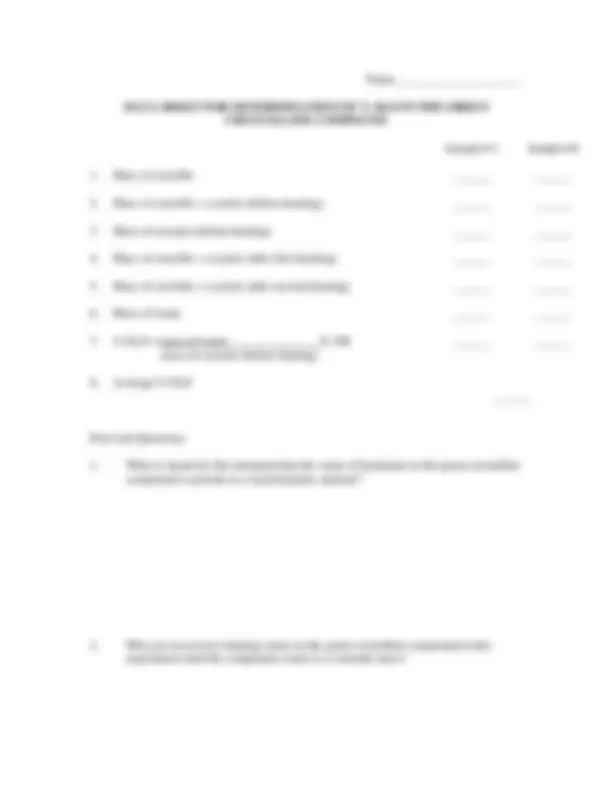



Study with the several resources on Docsity

Earn points by helping other students or get them with a premium plan


Prepare for your exams
Study with the several resources on Docsity

Earn points to download
Earn points by helping other students or get them with a premium plan
Community
Ask the community for help and clear up your study doubts
Discover the best universities in your country according to Docsity users
Free resources
Download our free guides on studying techniques, anxiety management strategies, and thesis advice from Docsity tutors
Material Type: Lab; Class: Water Safety Instructor; Subject: Activity; University: Southeast Missouri State University; Term: Fall 2007;
Typology: Lab Reports
1 / 3

This page cannot be seen from the preview
Don't miss anything!


This is the second in a series of four experiments in which you will synthesize and analyze a green crystalline compound having the general formula KxFe(C 2 O 4 )y. zH 2 O. In this experiment you are to determine the percent water in the compound. The green crystalline compound is a hydrate compound. A hydrate is a compound that contains water that is chemically bound in the solid state, and is present in stoichiometric amounts. Plaster of Paris (CaSO 4. 2H 2 O) and Glauber’s Salt (Na 2 SO 4. 10H 2 O) are familiar examples of hydrates. The water of hydration of many hydrates can be driven off as gaseous water by heating the hydrate to a temperature above 100ºC for a period of time. Barium chloride dihydrate loses its water of hydration when heated above 100ºC as shown following:
After the water has been driven off, anhydrous barium chloride remains.
The percentage of water of hydration in KxFe(C 2 O 4 )y. zH 2 O will be obtained in this experiment by heating a massed sample of the green hydrate compound in an open container in an oven until all of the water of hydration has been driven off.
The loss in mass corresponds to the mass of the water of hydration.
Prelab Problem: A 1.47 gram sample of a calcium chloride hydrate compound (CaCl 2. zH 2 O) is heated until all the water is driven off. The sample of the anhydride compound that is left has a mass of 1.11 grams. What percentage of the calcium chloride hydrate compound is water? What is the value of z?